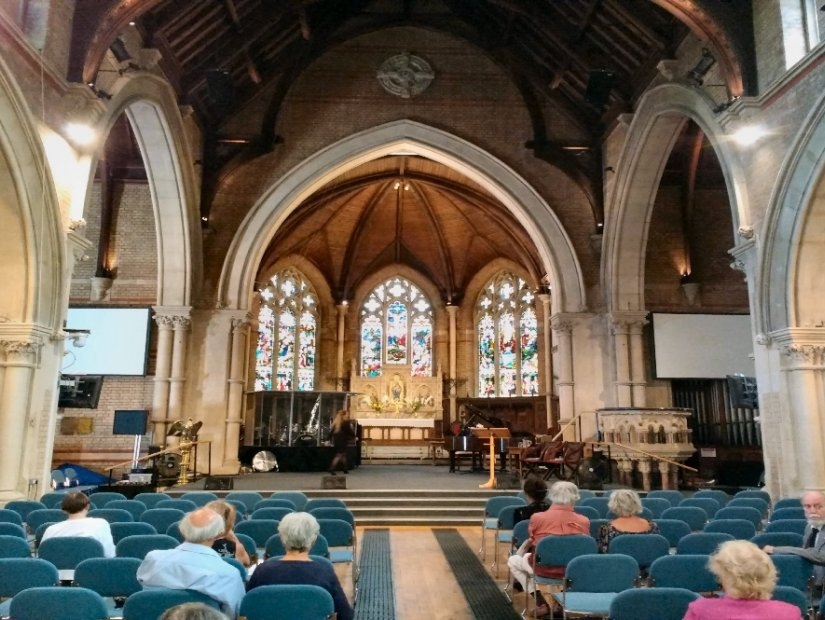Blog
Grand Sirkeci Travel Guide: St. Stephen Church
Grand Sirkeci Travel Guide: St. Stephen Church
Grand Sirkeci Travel Guide: St. Stephen Church
St. Stephen’s Church, or Sveti Stefan Church as it is known, was built in 1894 by the sultan of the Ottoman Empire to allow the Bulgarian community living in Istanbul to worship. Balat is a cosmopolitan region where Greeks, Jews, Muslims, and Bulgarians live together. Sveti Stefan Church is in one of the most beautiful points of the Golden Horn. Sveti Stefan’s structure is made of iron on concrete piles. How did the historical transformation of St. Stephen's church take place?
St. Stephen Church and Its History
In 1849, a wooden church was first built for the Bulgarian community living in Istanbul, but over time, an iron church was built by the sultan of the period in 1898 instead of the wooden church damaged in the great Istanbul fire. In Brazil, a species of tree living in water is brought to Istanbul and placed in the Golden Horn, and the church is built on this wooden floor. The church, which is dominated by neo-Baroque and Neo-Gothic style, has six columns 40 meters long. The wooden icons inside the church are specially made in Moscow, Russia. Since the area where the church was built is covered with water and mud, corrosion occurs in the irons over time and the necessity of restoring the structure arises. At the request of the very few remaining Bulgarian communities in Istanbul, it was conveyed to the Republic of Turkey that restoration was necessary.
The Restoration Process of the Church
The restoration works, which started in 2009, were completed in 2018, and the Turkish president and the prime minister of Bulgaria opened the church to visitors. Today, the church is visited by many local and foreign tourists is very close to Grand Sirkeci. You can visit St. Stephen's Church, one of the 3 iron churches in the world, and enjoy the unique views of the Golden Horn.


